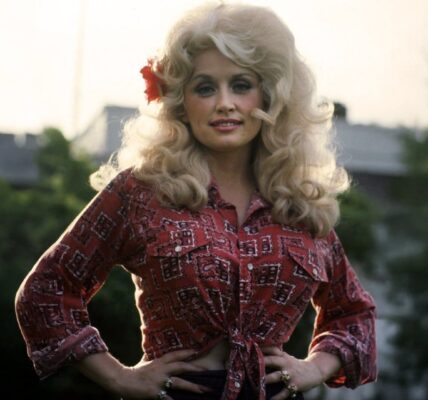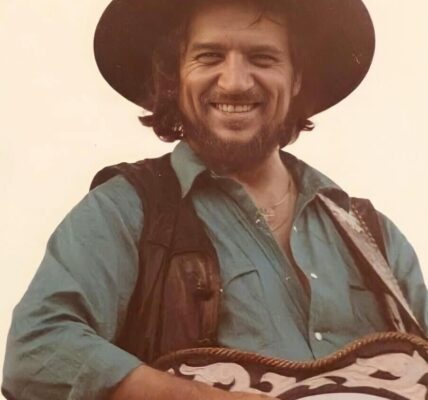“Strawberry Fields Forever” – The Beatles’ Dreamscape of Memory and Imagination
When one speaks of The Beatles’ most revolutionary recordings, few songs capture the band’s daring creativity, vulnerability, and sonic innovation more than “Strawberry Fields Forever.” Though most often associated with John Lennon’s dreamlike vision, Paul McCartney’s presence in the arrangement and production played a vital role in sculpting one of the most extraordinary works of the 1960s. It was not just a song—it was an atmosphere, a surreal journey where memory, longing, and disorientation coexist.
The Seed of a Memory
The origin of “Strawberry Fields Forever” lies in Lennon’s childhood in Liverpool. Strawberry Field was not a fantasy land invented for the song, but an actual Salvation Army children’s home near his aunt Mimi’s house, where he was raised. Young John often played in its gardens and found solace under the trees, away from the strict order of his aunt’s home. To Lennon, Strawberry Field became a place of freedom, imagination, and refuge—a personal sanctuary.
By 1966, after the grueling Beatles world tours had ended, Lennon was experiencing a crisis of identity. He was searching for meaning beyond fame, exploring the depths of his own mind through meditation, reading, and at times, drugs. Revisiting that memory of Strawberry Field, he used it as a symbol of inner escape. What emerged was not just nostalgia but a deeper philosophical statement: life, like memory, is fluid, fragmented, and uncertain.

“Nothing Is Real” – The Philosophy in the Lyrics
The Studio as an Instrument
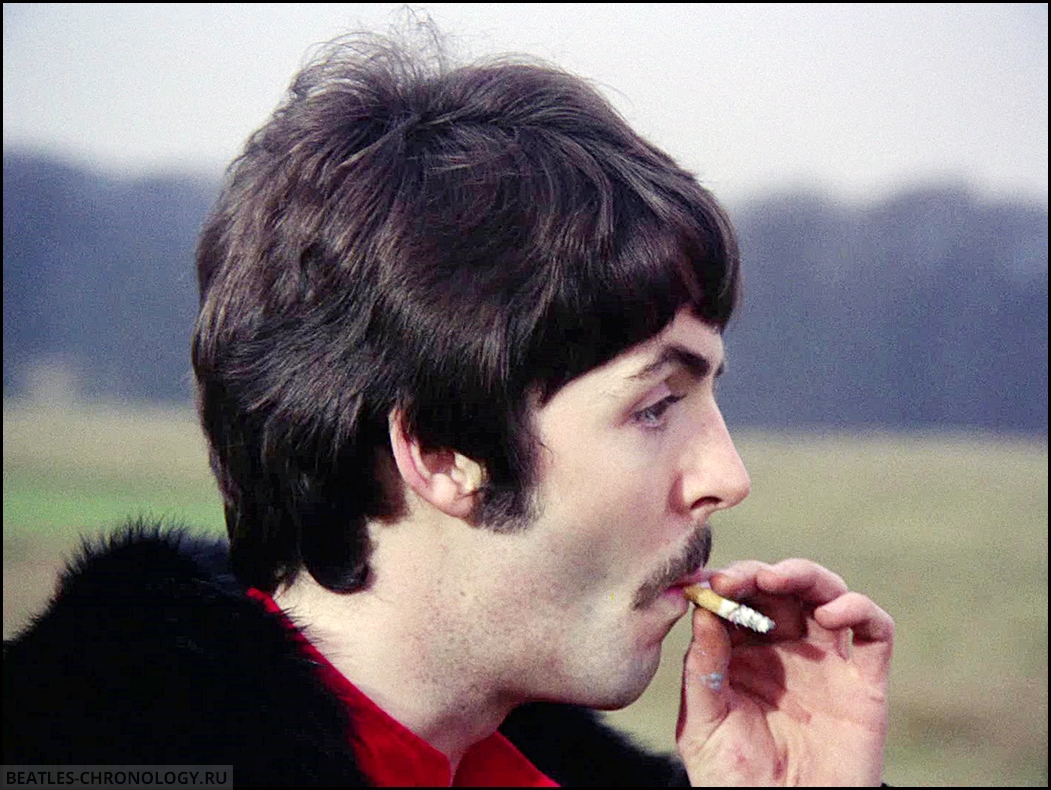
The Sound of Psychedelia
Everything about “Strawberry Fields Forever” screams innovation. The swirling backward tapes, the distorted cellos, the Indian instruments, the experimental mixing—all of it reflected The Beatles’ dive into psychedelia. It was released as a double A-side single with McCartney’s “Penny Lane” in February 1967, representing two sides of Liverpool childhood: Lennon’s dreamy, surreal memory versus McCartney’s nostalgic, colorful street scenes. Together, the two tracks painted a complete picture of The Beatles’ past and future, standing at the crossroads of memory and imagination.
Reception and Legacy
At first, “Strawberry Fields Forever” puzzled critics and fans alike. It was far removed from the accessible pop of “She Loves You” or “I Want to Hold Your Hand.” Some even found it unsettling, too strange for radio. Yet, over time, it became recognized as one of The Beatles’ greatest artistic achievements.
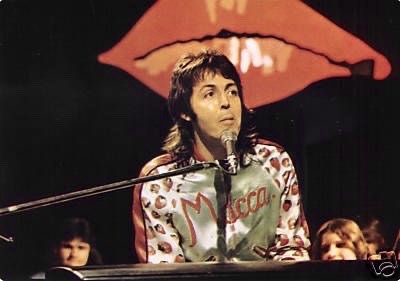
Paul and John – The Balance of Light and Shadow
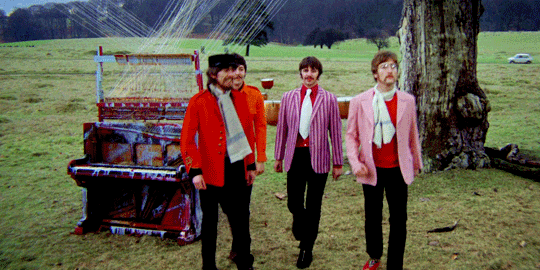
The Song’s Deeper Resonance


